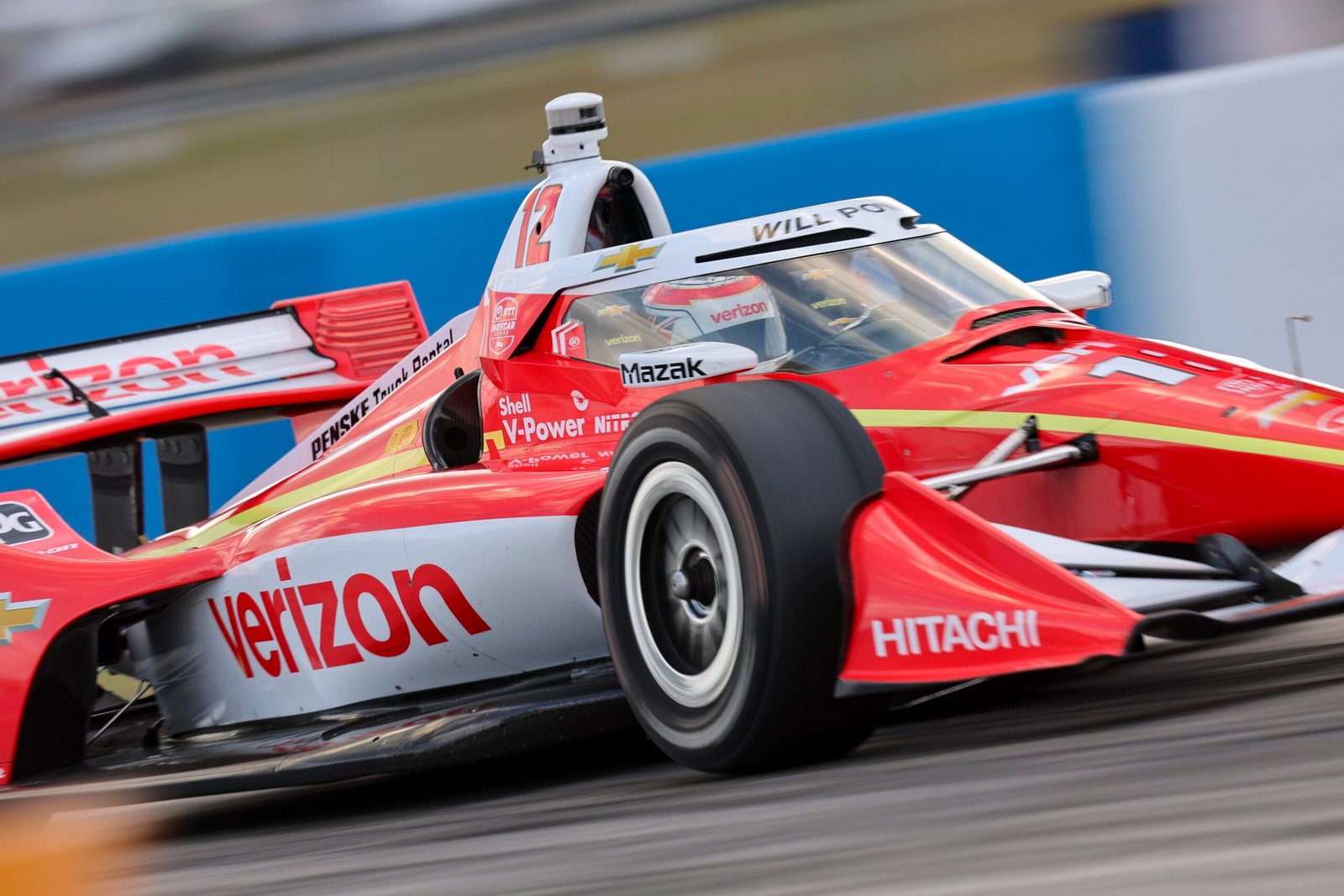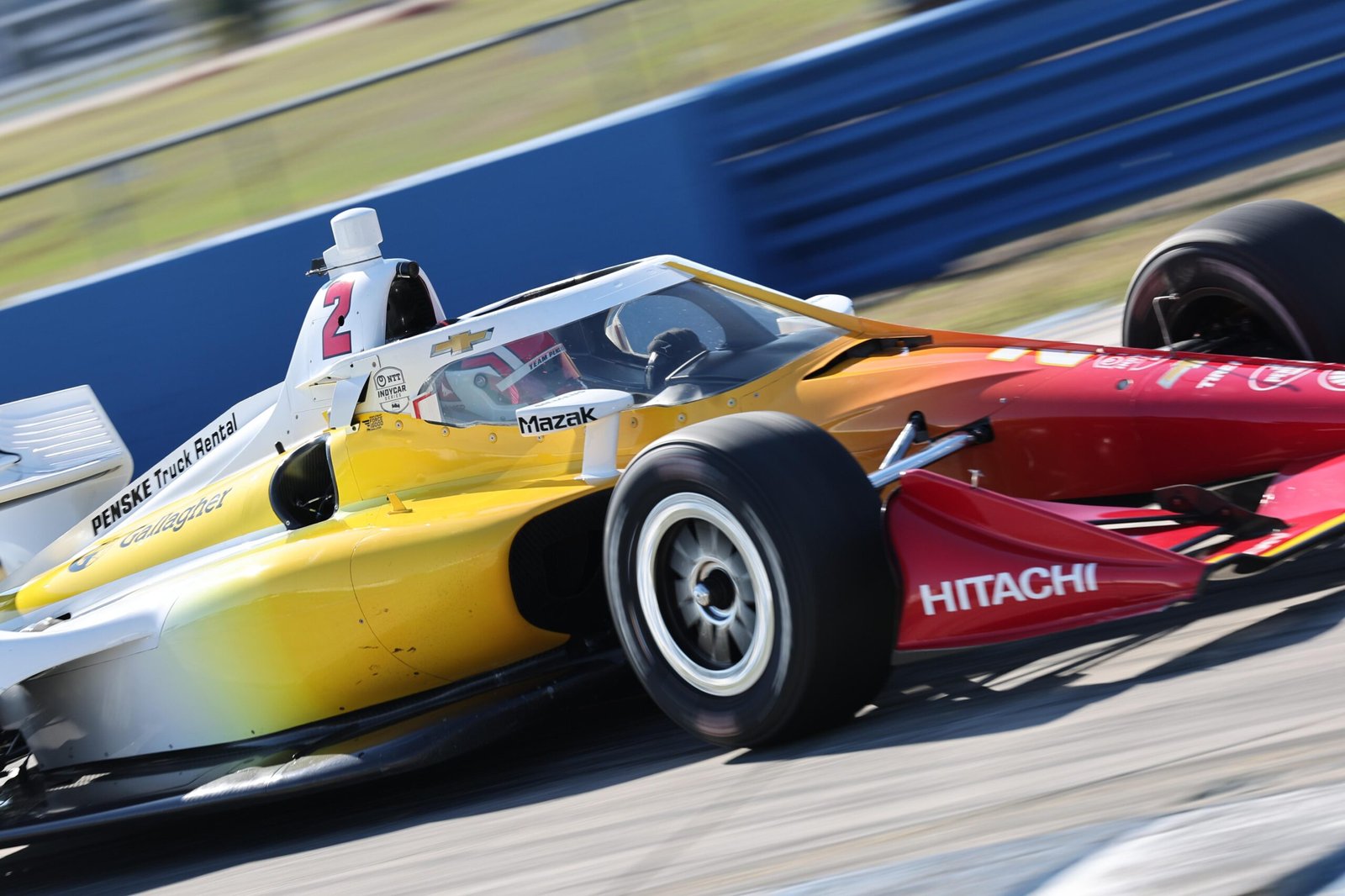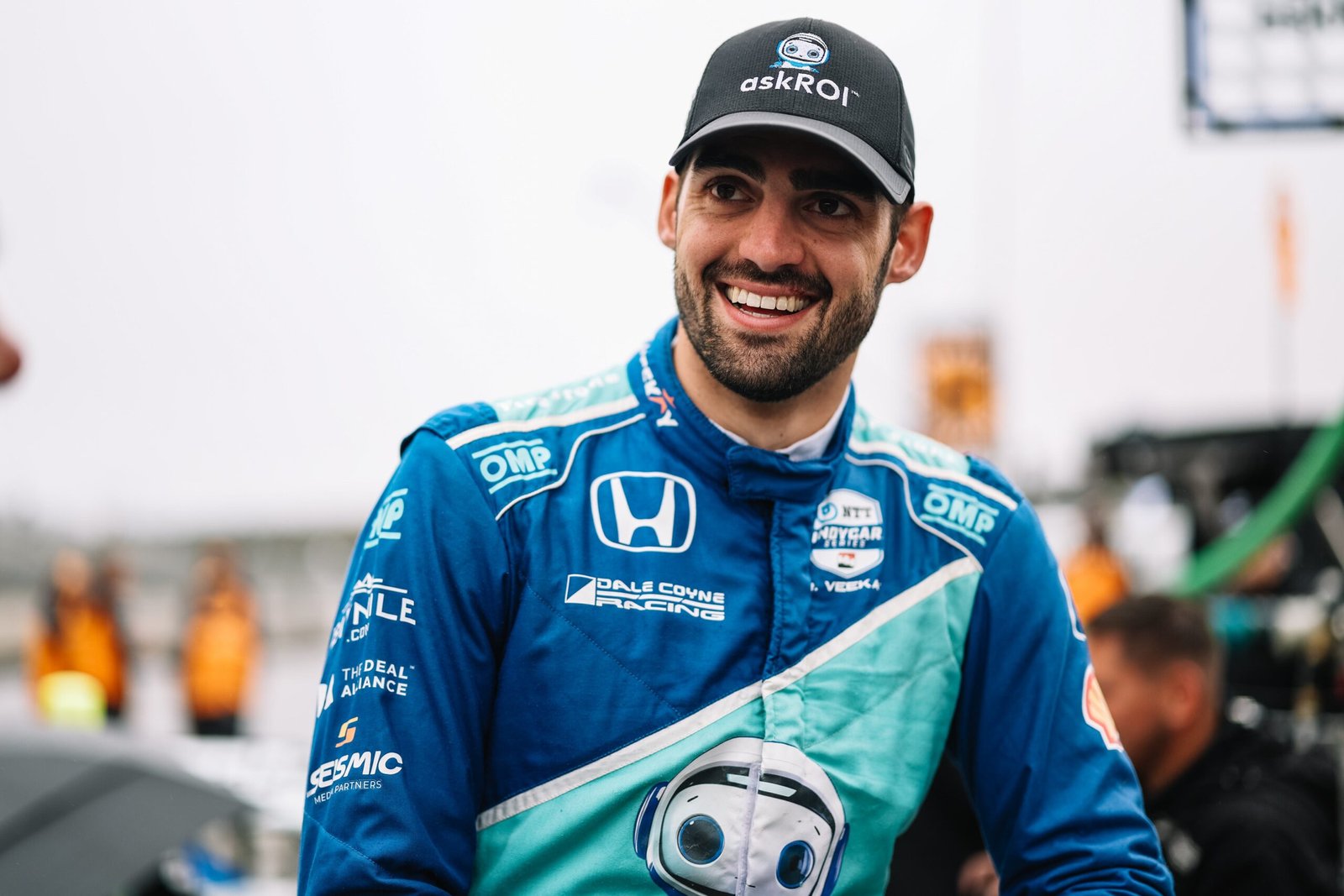Remembering Dan Wheldon: A Legacy Beyond the Checkered Flag
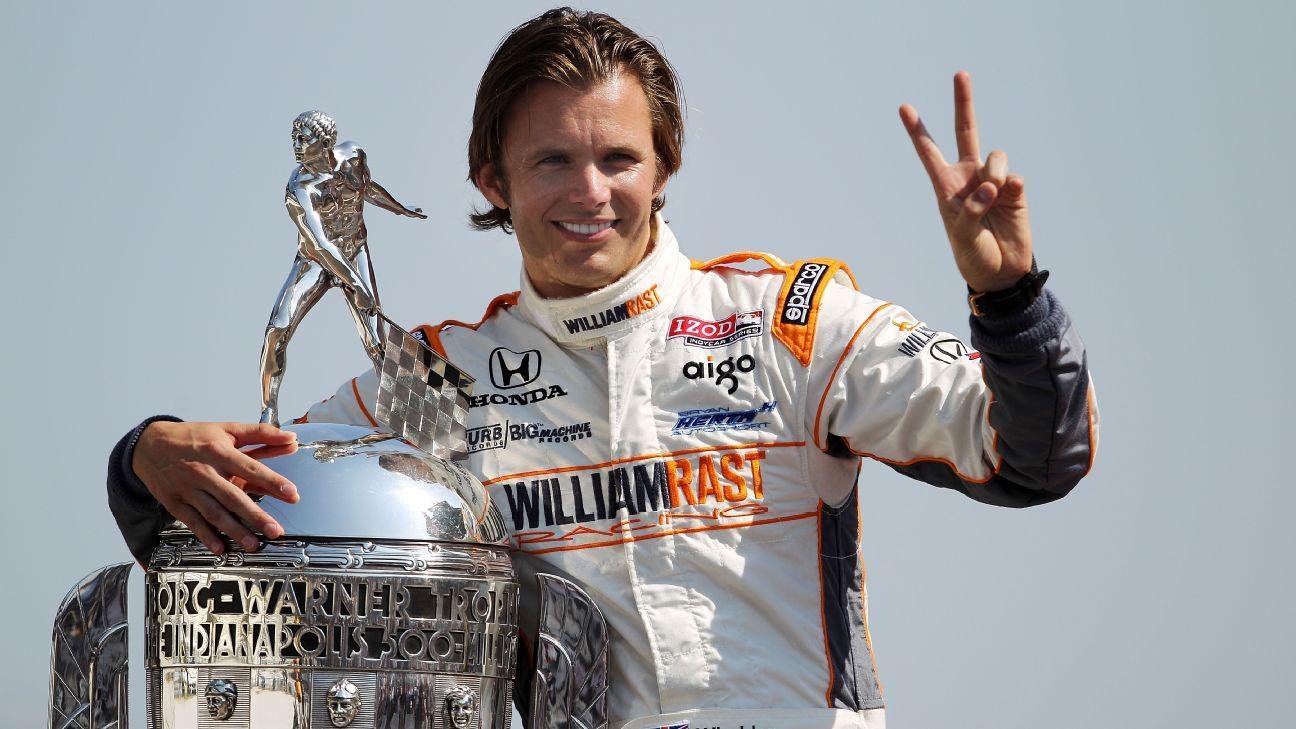
On October 16, 2011, motorsport lost one of its most beloved figures when Dan Wheldon, then age 33, tragically died in a multicar crash at the Las Vegas Motor Speedway during the season finale. But Dan was never just a driver, he was a bridge between nations, a fierce competitor, a charismatic leader, a family man, and a symbol of what the human spirit can bring to racing. Today, years later, his story still resonates with fans, drivers, and teams across IndyCar and beyond.
Early Years & Rise to America
Daniel Clive Wheldon was born on June 22, 1978, in Emberton, Buckinghamshire, England, into a family that quietly fostered racing passion. He was introduced to karting at an early age, and by age eight began competitive kart racing in England. His progression through junior ranks was swift: national karting titles, strong showings in British Formula Ford, then transitions into U.S. open-wheel feeder series. He moved to the United States to follow the path that many international drivers took, chasing opportunities in the Road to Indy ladder, including US F2000, Toyota Atlantic, and Indy Lights.
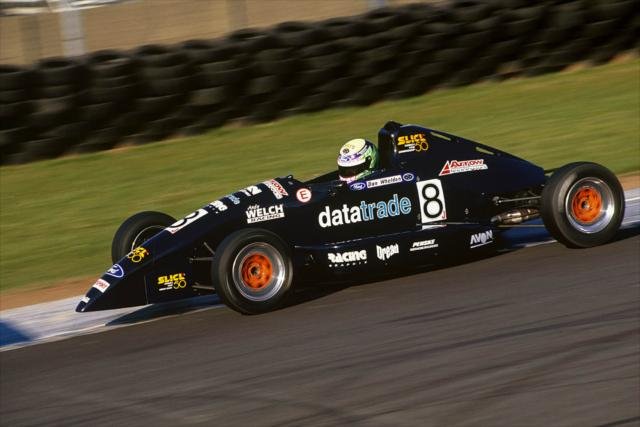
Wheldon’s early results were promising. He claimed the US F2000 title in 1999, becoming the first British driver to do so, and earned Rookie of the Year in Indy Lights. He built a reputation for resilience, adaptability, and a willingness to take calculated risks. In 2002, he was hired by Panther Racing as a test driver and later raced for them in two events, stepping into the Indy Racing League (IRL) world. From there, he would ascend deeper into the IndyCar world.
Wheldon’s true arrival in the open-wheel elite came when he joined Andretti Green Racing (AGR). By 2005, he cemented his stature: that year he won six races, including a memorable Indianapolis 500 victory. In that Indy 500, he staged a dramatic overtaking move late in the race to claim the win, becoming the first British driver to win that iconic event since Graham Hill. He also captured the 2005 IndyCar Series championship, combining consistency and race-winning speed in a standout season.
The mid-2000s were his era. In 2006, he moved to Chip Ganassi Racing, challenged fiercely for the title (tying on points with Sam Hornish Jr.), but lost the championship on a tie-breaker due to fewer wins. That year, he also co-won the 24 Hours of Daytona in sports cars, showing his versatility across disciplines. Although he never again matched the dominance of 2005, Wheldon remained a respected and dangerous competitor, capable of taking chances and turning opportunities into triumphs.
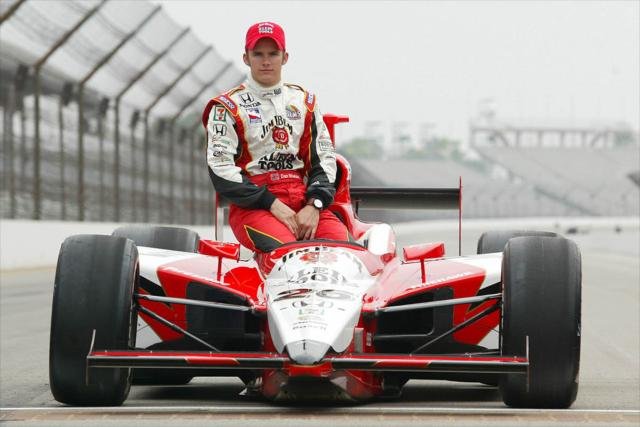
Indy500 Redemption
As seasons passed, Wheldon faced the ebb and flow of motorsport life. His time with Ganassi yielded fewer wins, and later returns to Panther Racing saw fewer podiums. In 2011, he raced part-time with Bryan Herta Autosport / Sam Schmidt Motorsports, focusing on preparing for the final championship event in Las Vegas. That season, in May, he returned to win the Indianapolis 500, a poignant bookend: winning that race again in the year he would meet his end.
Wheldon’s personality was widely admired. He had a sense of humor, charm, and a warm connection with fans. He lived in the U.S. for much of his career, married Susie Behm in 2008, and had two sons, Sebastian and Oliver. He often engaged in charitable causes, met sick children at hospitals, and lent his energy to community work. He published a coffee-table book, “Lionheart,” capturing personal moments in his life and career. He was known not only for the driver but the man behind the visor.
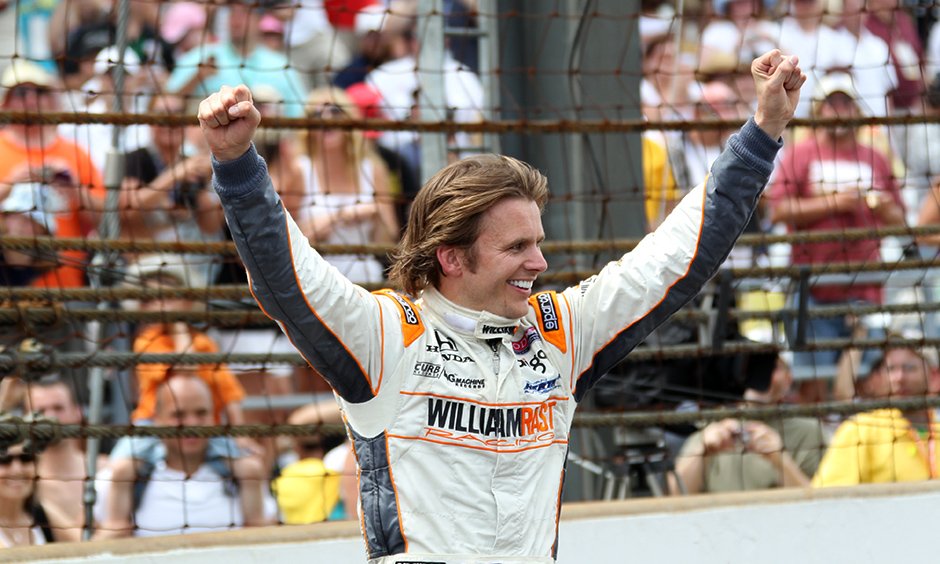
The Crash That Shocked the World
The fatal accident unfolded on lap 11 of the season finale in Las Vegas, in a field already racing aggressively in pack conditions. A multi-car collision erupted between turns 1 and 2. The impact sequence was unsettling: Wheldon’s car became airborne, vaulted over a competitor, and struck a steel pole in the catch fence. His head made contact with that support, a blow deemed unsurvivable. The car also lost structural integrity, and in an era before enhanced cockpit protection (halos, aeroscreens), the violence was unforgiving.
The official crash report described that Wheldon’s car traveled 325 feet through the air before impacting the fence. The force of impact was such that the injuries were beyond immediate medical salvage. The race was red-flagged; drivers bowed their heads, and eventually a tribute of several laps was run in his honor. The shock reverberated throughout the racing world: not since Paul Dana in 2006 had an IndyCar competitor died in competition.
After his passing, IndyCar and Dallara accelerated safety developments. The new DW12 chassis was named in his memory, with aerodynamic elements and fence-barrier design changes specifically intended to better protect drivers in extreme crashes. The “nerf bars” or bumper-like side protection were introduced to reduce the chance of wheel-to-wheel interlock and launching incidents. In that way, Dan Wheldon’s tragic end spurred meaningful evolution in safety architecture.
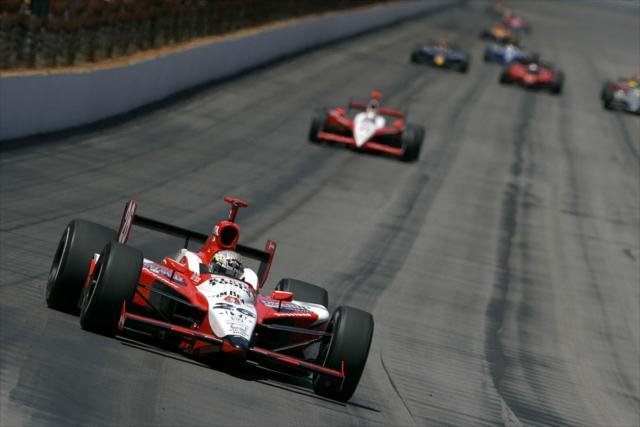
His Legacy: More Than Wins and Titles
Wheldon’s legacy transcends statistics. Yes, he held 16 IndyCar wins, two Indy 500 victories, and a championship,but his love for the sport, his personality, and his willingness to mentor and connect made him much more. He was known as a driver willing to take the underdog role and elevate it. He believed in providing feedback, tinkering technically, and pushing both himself and his team forward.
Posthumously, his influence grew. The DW12 chassis in IndyCar bears his name. The Dan Wheldon Memorial Pro-Am Kart event and the Dan Wheldon Cup were established. Streets and plaques in Florida honor him. In 2019, he was inducted into the Indianapolis Motor Speedway Hall of Fame. He is remembered by drivers, teams, and fans not only for what he won, but for how he raced and how he lived.
His sons, Sebastian and Oliver, now run in karting and junior Formula car classes, supported by Andretti Global in tribute to their father. The Wheldon family has been vocal in preserving his memory while watching his children pursue a shared dream.
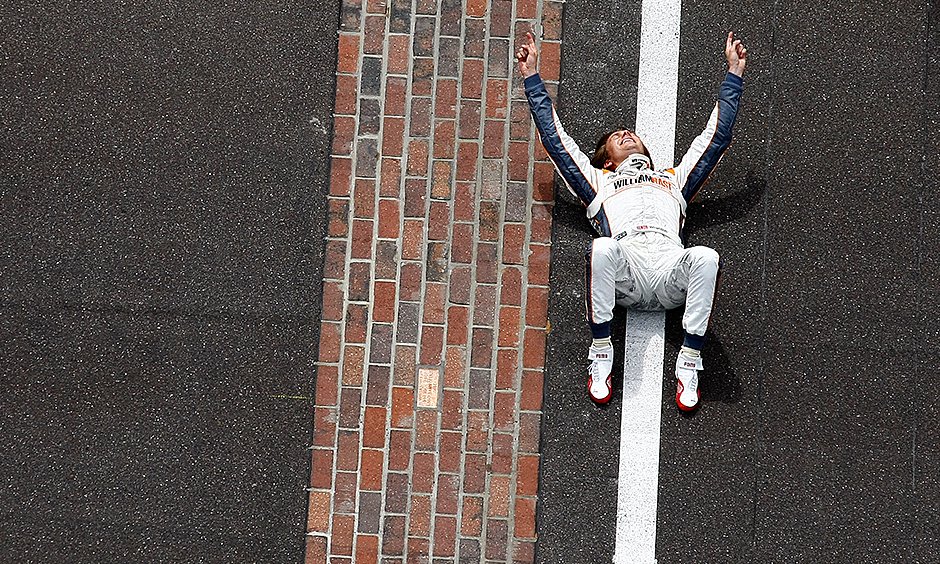
In 2024, HBO released the documentary The Lionheart, exploring not just Wheldon’s career but the personal, emotional journey of his widow Susie, the struggle of grief, and hope for the future. It addresses themes of legacy, love, loss, and what it means to carry forward a name in racing.
Though he is gone, Dan Wheldon lives on in every driver who dares to push the limits, in every safety innovation that protects competitors, and in every fan whose heart still remembers “Lionheart” behind the wheel.
written by Philipp Kraus / Media Credit: Penske Entertainment

